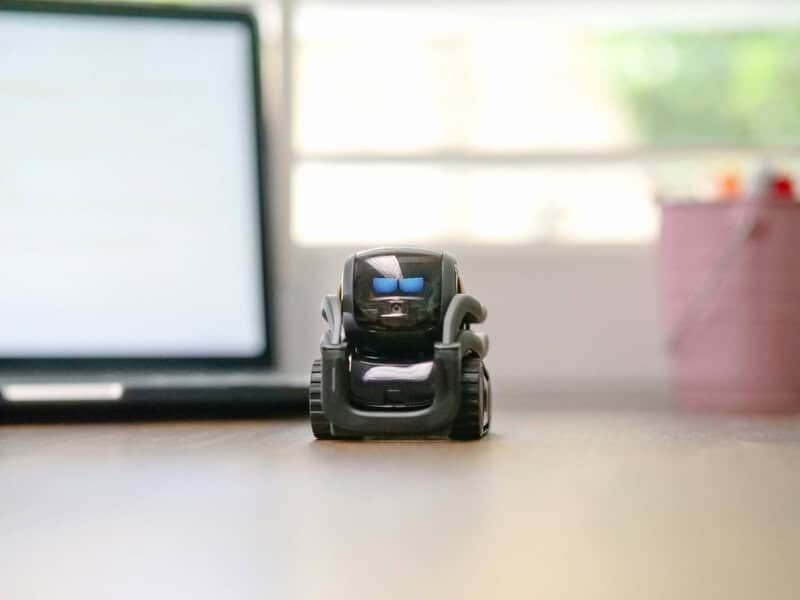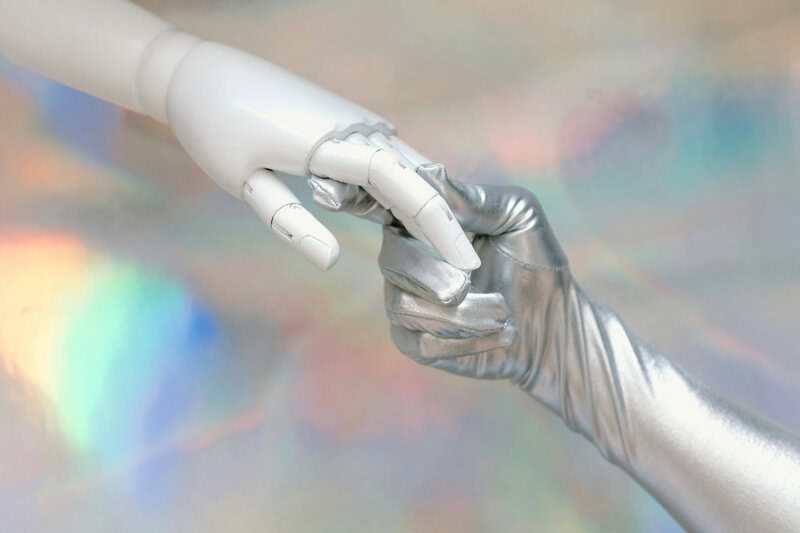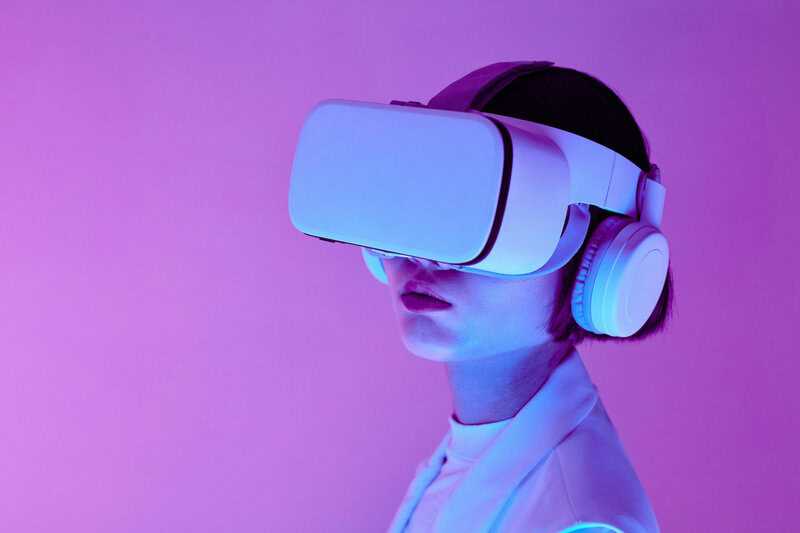Artificial intelligence (AI) is rapidly transforming various professional domains, extending its reach from manufacturing to sectors traditionally reliant on human expertise. This swift integration is prompting a reevaluation of job security across multiple fields. Below is a list of roles and functions particularly susceptible to AI disruption:
Software Developers: AI tools are increasingly capable of writing and optimizing code, potentially reducing the demand for human developers. Source
Podcasters: AI-generated content is becoming more sophisticated, enabling the creation of podcasts without human hosts. Source
CEOs: Advanced AI systems are being developed to make strategic business decisions, potentially replacing human executives. Source
Customer Service Representatives: AI chatbots are increasingly handling customer inquiries, reducing the need for human agents. Source
Data Analysts: AI algorithms can process and interpret large datasets, potentially diminishing the demand for human analysts. Source
As AI continues to evolve, its impact on the job market is becoming increasingly significant, prompting both opportunities and challenges across various professions.























